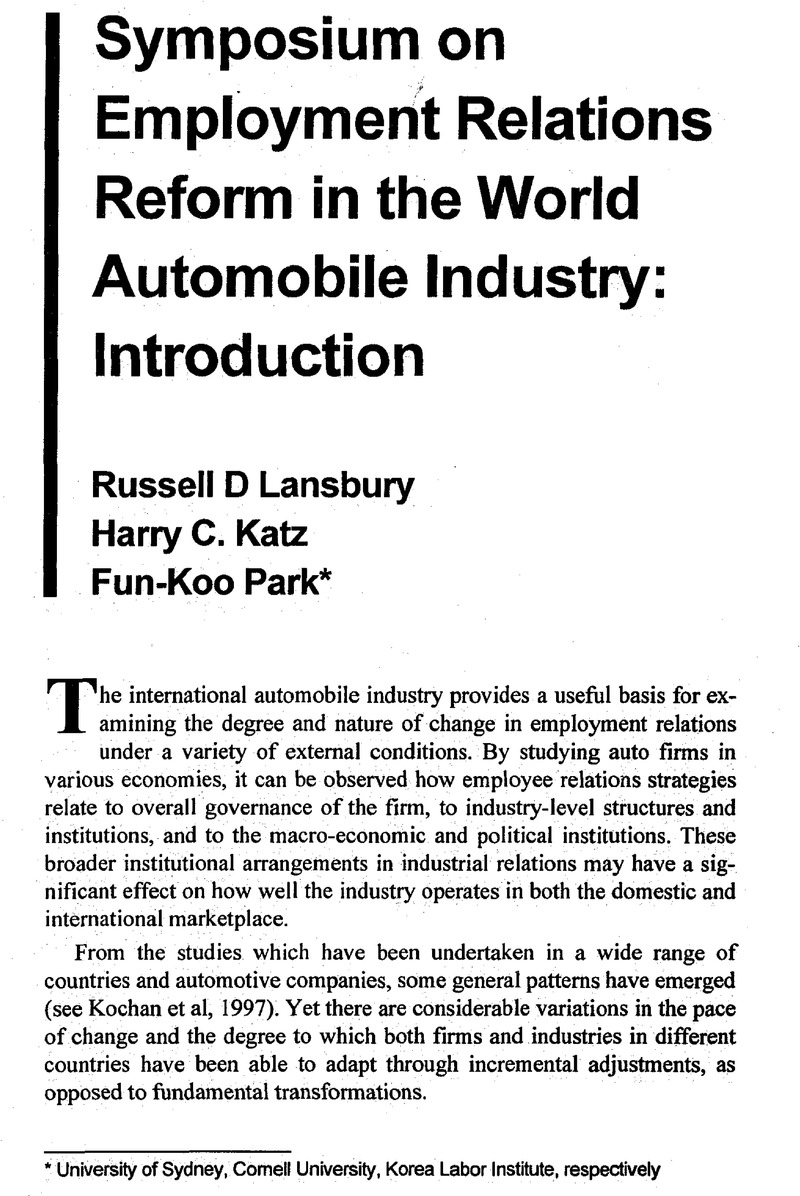Crossref Citations
This article has been cited by the following publications. This list is generated based on data provided by Crossref.
Commission, Productivity
2003.
Review of Automotive Assistance.
SSRN Electronic Journal ,



